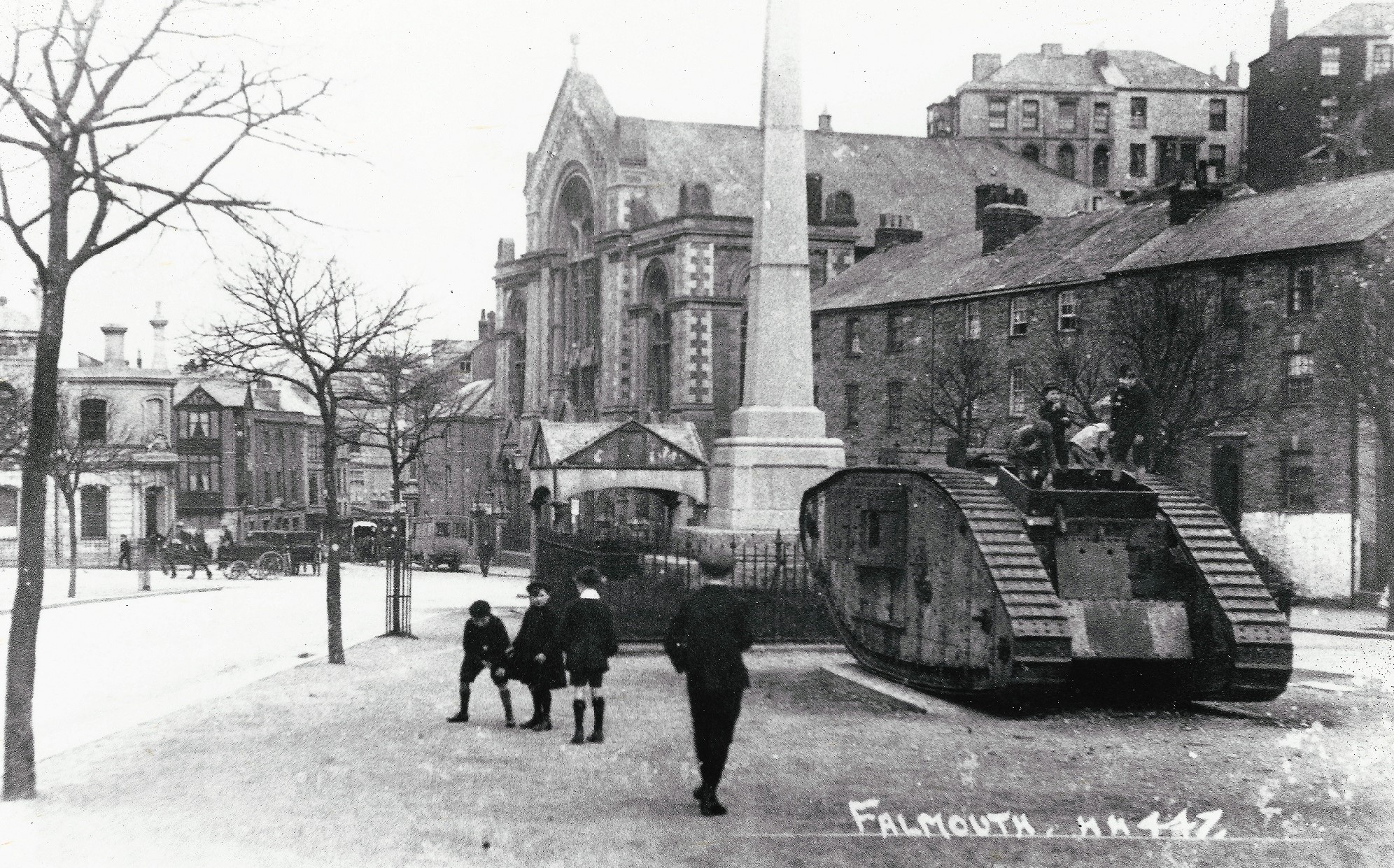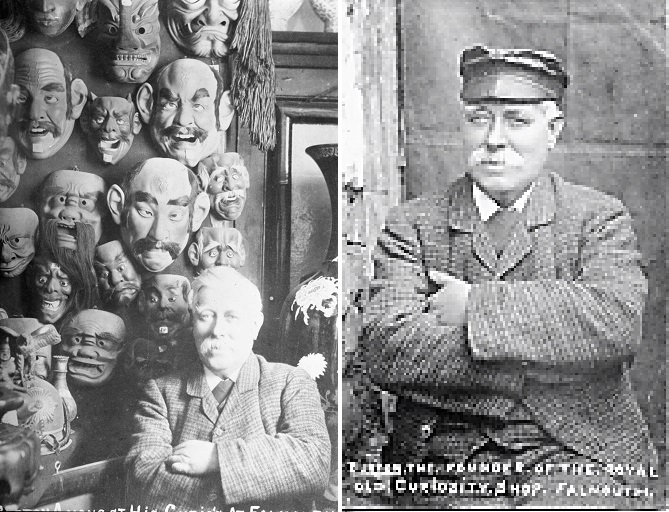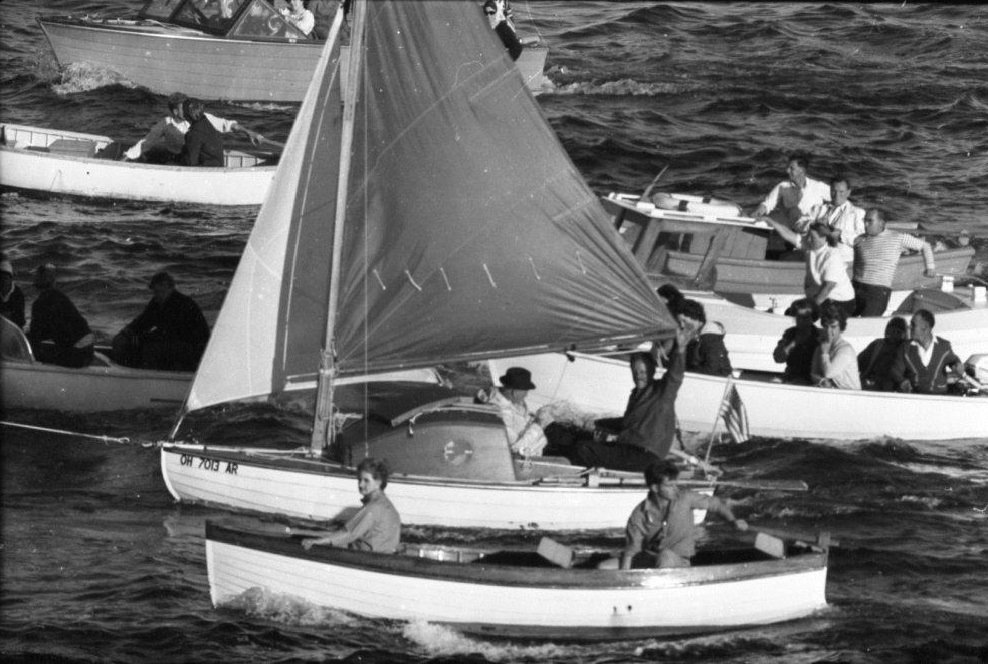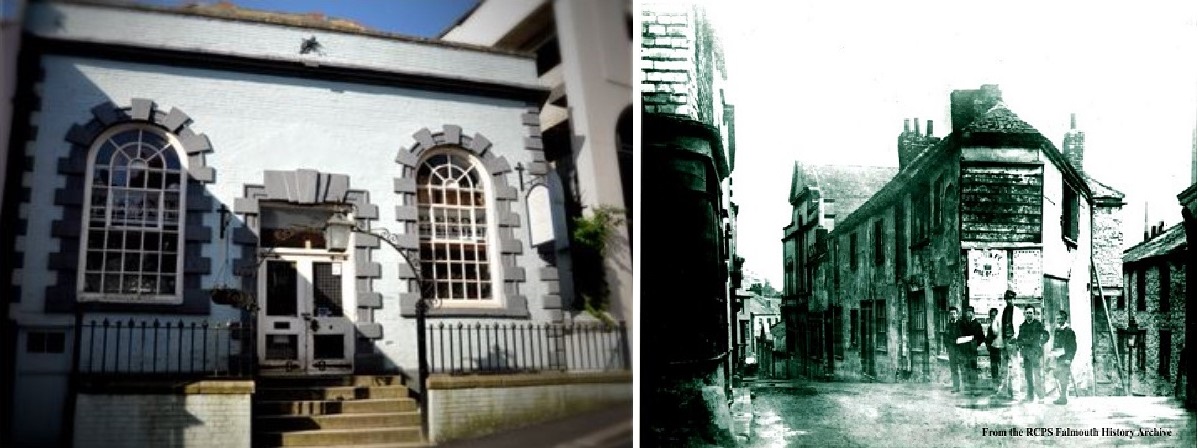The Poly
24 Church St, Falmouth : 01326 319461
The Royal Cornwall Polytechnic Society
What's On Calendar
Have a look at the calendar text here to see what's coming up.
Search results // town
Your returned search results are below.

17 - WW1 tank on display
After the war, the town's efforts in buying Government War Bonds and Savings Certificates were rewarded by the presentation of a WW1 tank. It arrived by train in 1919, drove down to the Moor under its own power and stayed until 1927 when it was removed for scrap.

16 - The Moor from Wellington Terrace
Trevethan School (under the clock tower) was requisitioned in August 1914 for hospital use. A Market was situated next to the Passmore Edwards building. Every Saturday there was a stall collecting donations of produce and cakes for the patients at the Military Hospitals in the town.

John Burton
John Burton (1839-1907) was born on 10 November at Lostwithiel. At the age of 22 he left home and came to Falmouth where he founded the world-famous Old Curiosity Shop at 27 Market Street (now Boots opticians and hearingcare). H.R.H. the Prince of Wales (later King Edward VII) made some purchases by commission, being unable to ‘call upon him’, during his visit to Falmouth in 1887. Always the entrepreneur, he offered £500 for Smeaton’s Lighthouse when it was replaced by the new Eddystone Lighthouse. His bid was unsuccessful, and the lighthouse was given to Plymouth on the condition that the town paid the cost of removing it and re-erecting it on the Hoe, where it stands to this day.

Robert Manry
Robert Manry arriving in Falmouth on 17 August 1965 in his diminutive yacht Tinkerbelle after crossing the Atlantic from Falmouth, Massachusetts in 78 days. Tinkerbelle, an extensively modified Old Town ‘Whitecap’, was a mere 13.5 feet (4.1 metres) long, and the smallest vessel ever to have made the crossing at that time.

Early Congregational Churches
The first Congregational Church in Falmouth was built on the High Street in 1662. This became a town hall when a new building was constructed on Prince Street.

 Calendar
Calendar